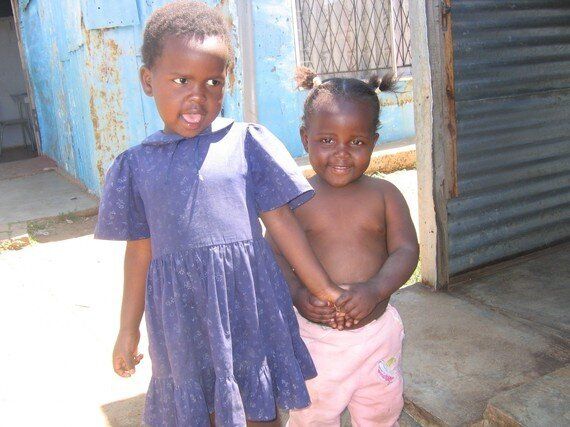
by Leilani Farha and Julia Sánchez
The new Sustainable Development Goals (SDGs) are not for the faint of heart -- they are bold, broad commitments striking at the core of society's critical social issues. The first goal is as daunting as it is resolute: end poverty in all its forms everywhere.
As world leaders committed last weekend to the new SDGS, the numbers facing us are stark: the United Nations (UN) reports that 836 million people still live in extreme poverty, with one in five earning less than $1.25 a day in developing nations.
And yet the new goals go beyond what the Millennium Development Goals (MDGs) set out to do in 2000 -- to cut the numbers of those living in extreme poverty in half. This has arguably been achieved over the last decade with hundreds of thousands having been lifted out of poverty, especially in Asia.
However, the challenge still remains in most sub-Saharan African countries, and in particular in fragile and conflict affected states, where we currently have more people living in extreme poverty than before the MDGs began.
Canada is not immune to poverty. And as a universal agenda, these commitments apply to all countries -- including Canada. We would argue that given our wealth and resources, developed nations like Canada have no excuse not to address poverty within their borders.
Currently in Canada there is no official measurement of poverty, but recent studies reveal that 4.8 million people are living in poverty, with a disproportionate number being Aboriginal peoples. Over 200,000 people experience homelessness each year, but as many as 1.3 million Canadians have experienced some form of homelessness over the past year. Food insecurity is also a growing concern, with one in eight households struggling to put food on the table.

Goal 1: End poverty in all its forms everywhere.
A commitment to ending poverty lays the foundation for change. But to be sure that "no one is left behind," the theme running through the SDGs, governments will have to take some crucial next steps -- elaborating an action plan, acknowledging targets and timelines, allocating adequate resources (in Canada's case both domestically and globally), monitoring and reporting on progress, as well as providing mechanisms so those affected by poverty can be a part of the solution. These are all elements of a human-rights based approach to our collective development, a framework which places people at the core of decision-making and that ensures basic needs are met and understood as rights.
In recent years, Canada has fallen behind on its human rights commitments domestically. A look at recent reviews of Canada's human rights record (the Human Rights Council July 2015 and the Universal Periodic Review (April 2013) shows gaps between commitment and action.
The UN has criticized Canada for not properly protecting and promoting all Canadians' human rights and has recommended that Canada develop a national anti-poverty strategy and a national plan for housing and homelessness. Both are in line with accomplishing the SDGs and would demonstrate Canada's commitment by setting the example at home. Yet legislation in the last parliamentary session was voted down in this regard.
Internationally, Canada has reached one of its lowest ever percentage levels of aid to gross national income (GNI) -- 0.24 per cent -- as a result of budget cuts and unprecedented lapses in spending to reduce global poverty. Furthermore, Canada has been critiqued for shifting its areas of focus away from the poorest countries, in particular sub-Saharan Africa, towards middle income countries where it has stronger trade interests. For Canada to show leadership in the implementation of the new global agenda, it will have to reverse these trends, both domestically and internationally.
So, where are we now?
The SDGs have been adopted and ending poverty in the next 15 years is firmly on the table. This is accompanied by set deadlines: eradicating extreme poverty by 2030 (those who earn less than $1.25 a day), and reducing by half the number of people in poverty (based on national definitions of poverty) by the same year. To achieve this, governments should commit to national/regional policy and financing that will ensure targets are met.
The SDGs are not about half-way measures. In order for Canada to hit the target and contribute to ending poverty by 2030, we must resolve not only to address poverty overseas, but also prioritize this essential agenda at home.
Leilani Farha is the Executive Director of Canada Without Poverty. Julia Sánchez is the President-CEO of the Canadian Council for International Co-operation.
The views expressed in this blog are those of the authours, and do not necessarily reflect the positions of CCIC or its members
MORE ON HUFFPOST:
